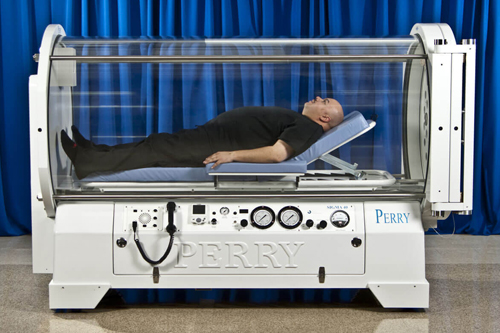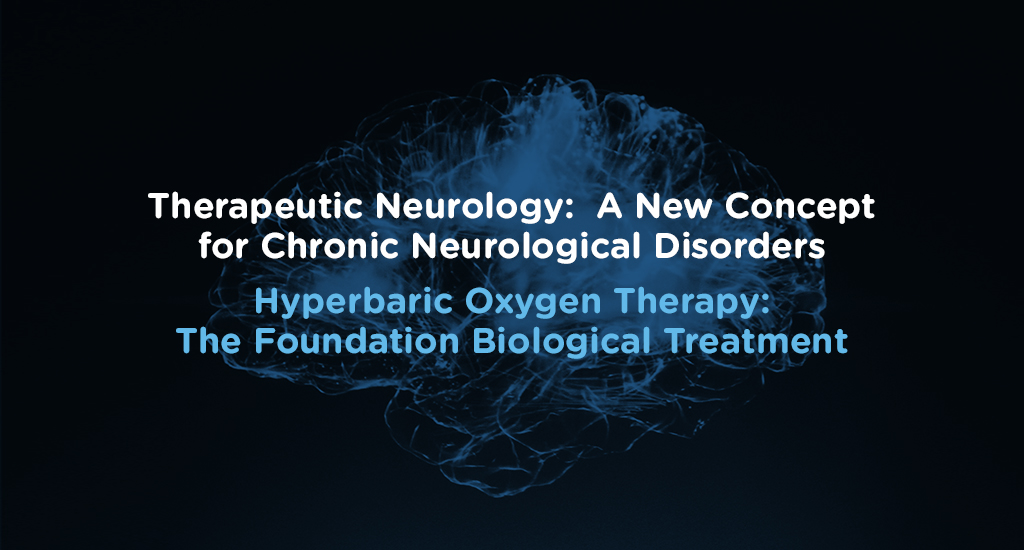Historically, the field of neurology has suffered from lack of effective treatments.1 Prior to the 1990s neurology was primarily a diagnostic specialty with the practice of neurology famously characterized by neurologist Dr.Labe Scheinbert as “Diagnose and Adios.”2 More importantly, however, was the mentality still extant today that nothing could be done to alter the course of neurological disease, especially chronic neurological disease. Brain cells were thought to be either dead or alive. This mentality was underscored in a preparatory literature search in 1993 for an animal experiment on HBOT in chronic traumatic brain injury (TBI). That search failed to find a single scientific publication on treatment of chronic TBI. Dominated by the mentality above it appeared that no one had ever tried. The improvement in chronic TBI with HBOT that was subsequently proven by Dr. Harch and colleagues in 1996 and 2007 stands as the first improvement of chronic brain injury in animals in the history of science.
Based on Dr. Richard Neubauer’s “Idling Neuron” article in 1990 and its repudiation of the dead or alive neuron mentality, Dr. Harch’s seminal application of HBOT to divers with chronic brain decompression illness and a boxer with CTE in 1990 spawned the application of HBOT to over 75 neurological diagnoses, including genetic disorders. Inadvertently, this established the concept that chronic neurological disease was treatable and the course of disease could be altered. Coupled with the evidence that HBOT had a powerful impact in acute neurological disease, it was apparent that Diagnostic Neurology was now paired with Therapeutic Neurology. More importantly, it affirmed that hyperbaric oxygen therapy was a foundation biological tool for Therapeutic Neurology, a generic treatment for neurological disease and one with which other brain therapies could be coupled. In the next 20 years the world’s population is going to witness the combination of HBOT with multiple other therapies that together will revolutionize the treatment of neurological disorders. The Oxygen Revolution3 is now the Oxygen Solution.TM
- Tyler K, York GK, Steinberg DA, Okun MS, Steinbach M, Satran R, et al. PART 2: History of 20th Century Neurology: Decade by Decade. Ann Neurol. 2003;53 Suppl 4:S27-45.
- Mohr JP. Some Clinical Aspects of Acute Stroke Excellence in Clinical Stroke Award Lecture. Stroke. 1997;28(9):1835-1839.
- Harch, Paul G, McCullough, Virginia. The Oxygen Revolution, 3rd Edition: Hyperbaric Oxygen Therapy: Breakthrough Gene Therapy for Traumatic Brain Injury & Other Disorders. Hatherleigh Press, Hobart, NY, 2016.



